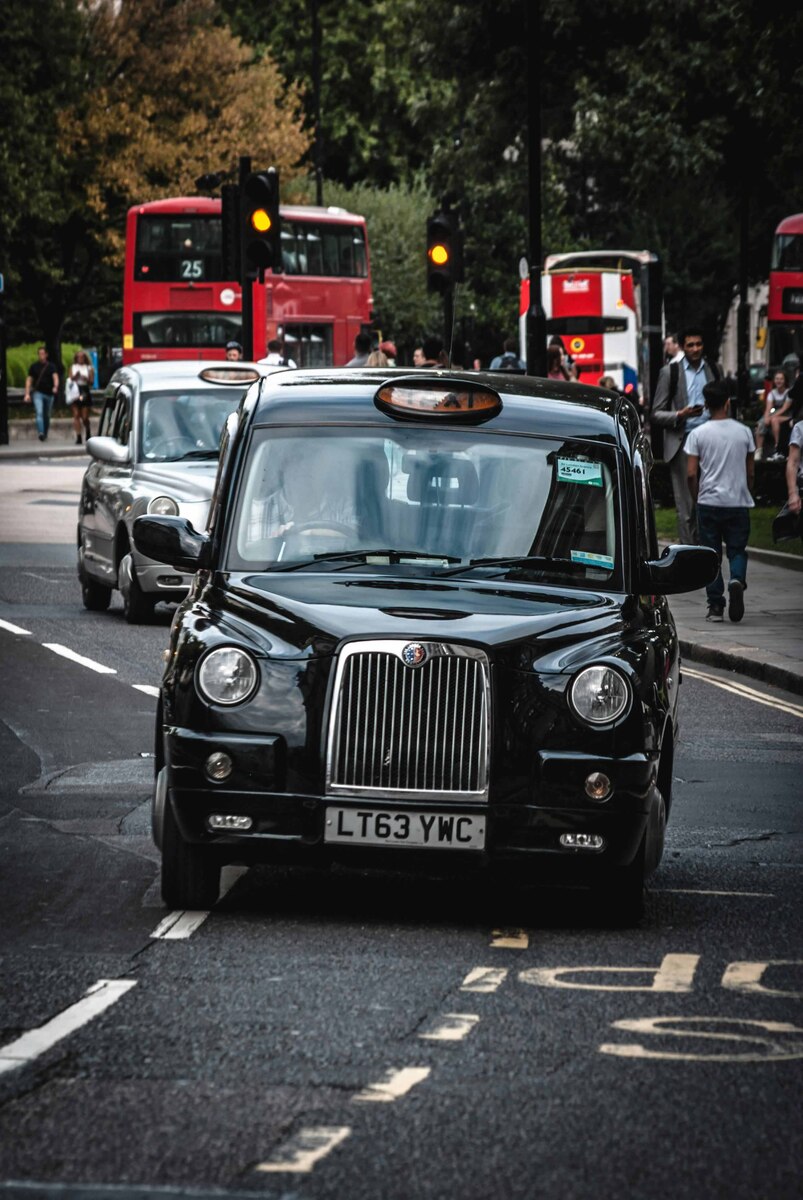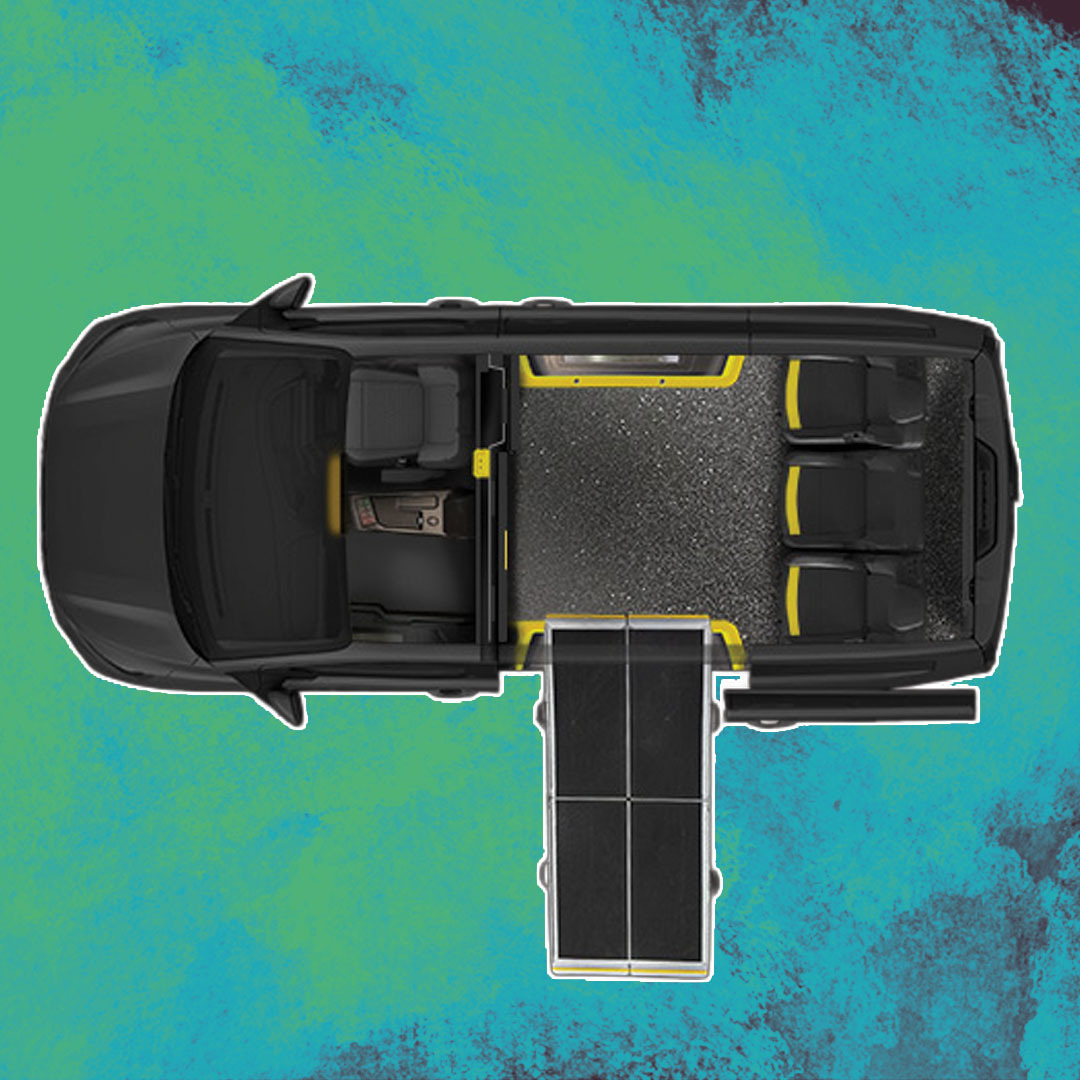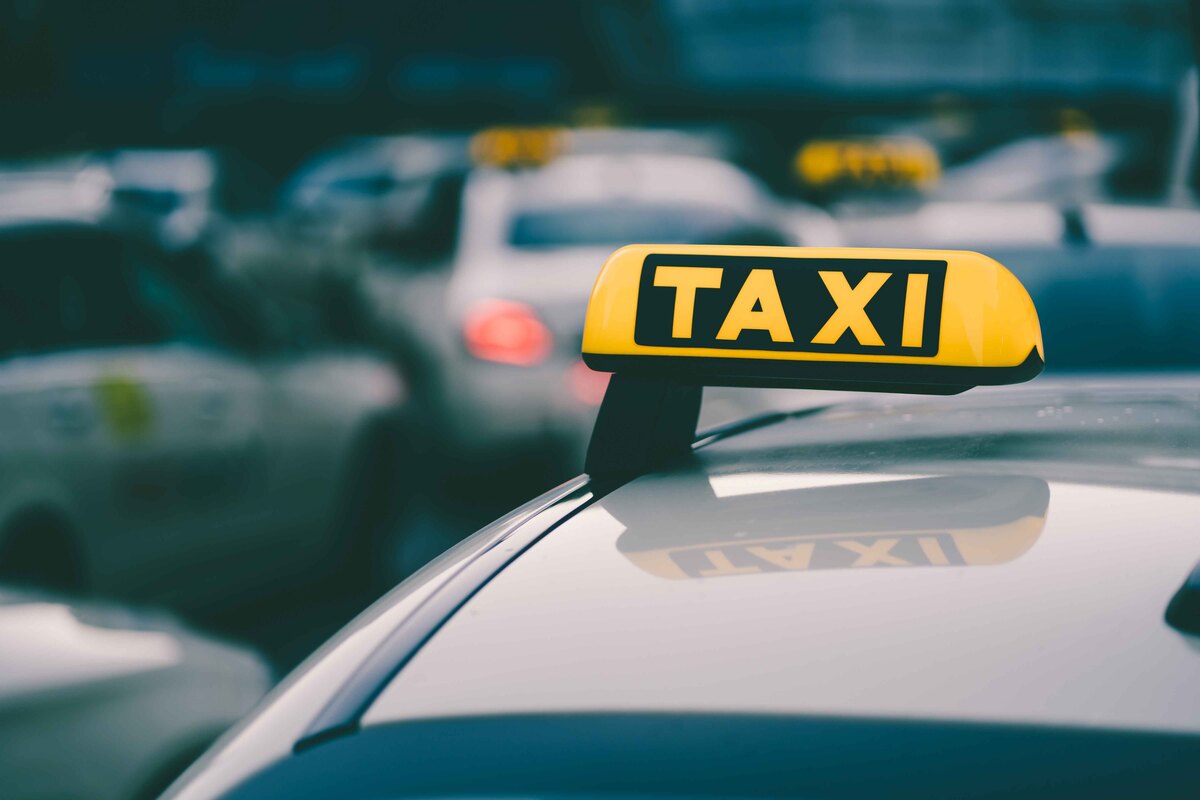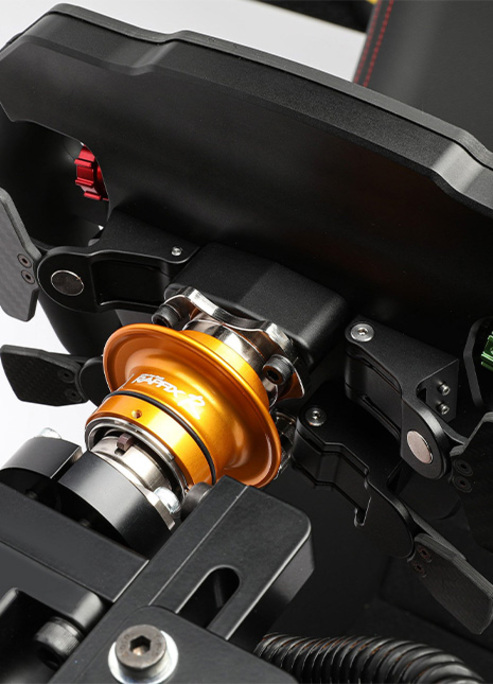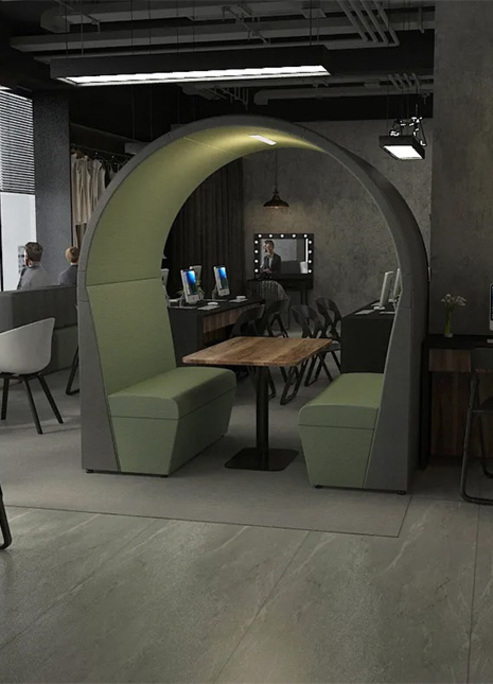
Machine Learning Models That Make Transport More Accessible
AI-powered innovations.
Machine learning is transforming urban transportation in ways that benefit everyone, particularly those with mobility challenges. As cities grow more congested, innovative transport solutions powered by artificial intelligence are creating more accessible options for wheelchair users and people with disabilities. These technologies are addressing important gaps in public transportation systems that have historically overlooked accessibility needs.
Recent advances in predictive algorithms and sensor technology have changed how accessible vehicles operate in urban environments. From optimising routes based on real-time traffic data to automating ramp deployment systems, machine learning models are making transport more reliable and user-friendly for passengers with diverse mobility requirements. These improvements contribute to making cities increasingly inclusive for all residents.
Advanced ML Models Powering Accessible Vehicle Design
London's black taxi fleet now features wheelchair-accessible vehicles that use real-time route optimisations based on Transport for London open data. These adaptations, implemented in models like the Ford MAXiCab, help taxi drivers avoid unsuitable routes and ensure users get dropped at accessible kerbs. Discover the spacious MAXiCab model that represents these innovations in accessible transport.
Real-world applications of AI include smart ramp systems now fitted in UK hackney cabs. These mechanisms use onboard sensor arrays and basic diagnostic AI to self-calibrate, as documented in published case studies from taxi operators in Manchester and Glasgow. This precision reduces boarding times and lowers the risk of user error.
Vehicle testing now relies heavily on simulation validated by user trials. Ford's development of the MAXiCab included iterative digital models calibrated with feedback from mobility advocacy groups. The manufacturing process incorporates these findings, ensuring ramp angles and entrance widths meet real-world demands.
Computer Vision Systems for Real-Time Accessibility Assistance
Onboard computer vision in black cabs now detects roadside barriers and surface threats as they happen. The City of London has piloted systems where integrated dash cameras linked to AI processors monitor for obstructions that could impede ramp deployment. These AI modules run edge computing directly in the vehicle.
Building reliable obstacle detection required extensive real-world data collection in all weather. Cab trials throughout Liverpool submitted annotated footage covering night, rain, and peak traffic, enabling development of models that maintain high accuracy across circumstances. Transfer learning approaches have further reduced error rates in new city deployments.
Modern taxis use computer vision informed by data gathered from thousands of real trips. Published work from the Accessible Transport Group in Birmingham showed targeted adjustments to the turning radius and placement of grab handles in cabs after AI analysis. Physical prototypes demonstrate these refinements.
Sensor Fusion for Improved Safety Features
Integrated onboard systems assess passenger requirements, vehicle condition, and updated street layouts each day. These tools connect to Department for Transport datasets and use live feedback from taxi accessibility audits to refine how cabs are routed and scheduled.
The Ford MAXiCab is a direct product of this development cycle. Its ramp layout was fixed only after step counts and difficulty levels were assessed using wearable sensors during user testing sessions. The decision to widen side doors came from observed entries and exits by passengers with varying mobility tools.
Each part of these systems is validated in operational tests with disabled passenger groups, not just lab benchmarks. With these safeguards, UK urban fleets have recorded measurable decreases in failed ramp deployments and improved overall ride safety.
Predictive Maintenance Models for Accessibility Equipment
Predictive algorithms now alert teams to emerging mechanical problems using operational logs and sensor feeds. For example, maintenance teams can spot lift unit fatigue before breakdown by reviewing trend lines in door motor current readings. Alerts encourage technicians to perform quick checks, preventing service disruptions. Each intervention is based on actual sensor anomalies rather than fixed schedules.
Deployment requires broad sensor coverage, as now standard in compliant UK cabs. Operators use dashboards that combine inputs from key components such as ramp motors, door actuators, and step mechanisms. According to fleet operation case studies, this provides greater awareness of equipment health than visual inspection alone.
Tangible results come when algorithms combine historic breakdown records with current data. Leeds-based fleets using the latest taxi telematics have reported fewer missed accessibility bookings due to early, low-cost repairs.
Real-Time Translation and Communication Assistance
Model compression techniques make it possible for advanced translation algorithms to operate on vehicle devices. These streamlined models demand less computing power and maintain accuracy. Translation happens directly inside the cab without dependency on constant internet access.
Examining deployment reports from regional accessibility charities, collaborative testing included representatives across a spectrum of disabilities and dialects. This exposed sensitivities to speech interface ergonomics and latency. Developers have since reworked language models and hardware placement in response.
Ensuring fair access requires supporting more than just common interaction patterns or devices. Birmingham's fleet trials found that real improvements for neurodivergent and hearing-impaired passengers followed only after multiple rounds of field testing. Even sophisticated AI systems require regular audit and continued improvements driven by passenger feedback.
Driving Inclusive Mobility Forward with Smarter Solutions
Machine learning continues to reshape the future of accessible transport across the UK, delivering practical improvements for passengers with diverse needs. From predictive maintenance to real-time obstacle detection and natural language interfaces, these technologies show that accessibility and innovation go hand in hand. By prioritising user feedback, real-world testing, and ethical deployment, transport providers can build systems that truly work for everyone.
As urban spaces evolve, there’s never been a better time to invest in transport solutions that are not only efficient but inclusive. Whether you're a developer, policymaker, or operator, now is the moment to support and implement technologies that make every journey safer, easier, and more empowering for all.



